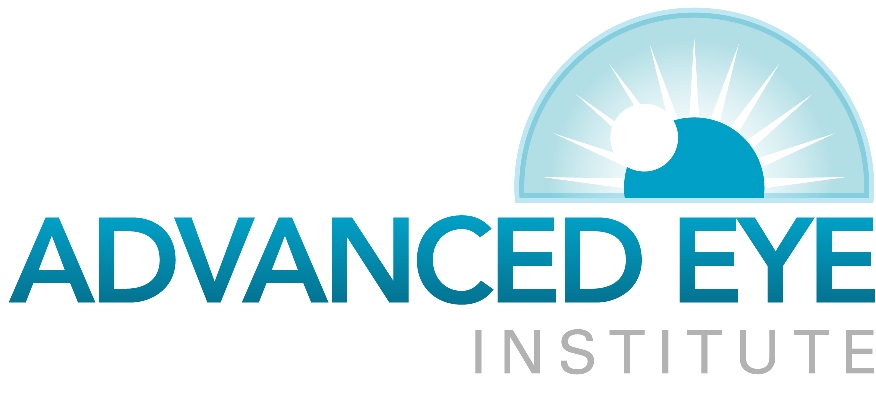Routine Eye Exam
Getting an eye exam is an important part of staying healthy. Do you know when you and your family members should get eye exams and what the exam should cover? Get the right exam at the right time and ensure your vision lasts a lifetime.
When Should You Have an Eye Exam?
The American Academy of Ophthalmology recommends that adults get a complete eye examination at age 40. This is when early signs of disease or changes in vision may appear. It is important to find eye diseases early. Early treatment can help preserve your vision.
Not everyone should wait until age 40 for an eye exam
Not everyone should wait until they are 40 to have a complete eye exam. You should see ophthalmologist before the age of 40 if you have an eye disease or risk factors such as:
- Diabetes
- High blood pressure
- Family history of eye disease
After you are examined, your physician can tell you how often you should have your eyes checked in the future. It’s important to follow the schedule your ophthalmologist gives you, especially as you age. Your risk for eye disease increases as you get older.
Seniors and eye exams
If you are 65 or older, make sure you have your eyes checked every year or two. Your ophthalmologist will check for signs of age-related eye diseases such as:
What Will Your Ophthalmologist Check During an Eye Exam?
A comprehensive eye exam is simple and comfortable. Your doctor may have a technician help in completing portions of this exam.
First, you will be asked about your vision and your general health. They will ask for information regarding:
- your family’s medical history,
- what medications you take, and
- whether you wear corrective lenses.
Your prescription for corrective lenses
Your doctor will ask you to view an eye chart through a device called a phoroptor. The phoroptor contains different lenses. It will help determine the best eyeglass or contact lens prescription for you.
Your pupils
Your doctor may check how your pupils respond to light by shining a bright beam of light into your eye. Pupils usually respond by getting smaller. If your pupils widen or don’t respond, this may reveal an underlying problem.
Your side vision
Loss of side vision (peripheral vision) is a symptom of glaucoma. This test can find eye problems you aren’t aware of because you can lose side vision without noticing.

Experience You Can See
Thibodaux : 985-446-0506 | Houma : 985-879-2393
